Hello and happy almost Spring! As the sun spends more time with us each day and the season’s first flowers start to peak through, we are excited to announce our new growth too. Please join us in welcoming Winslett Carr, LAc, MAcOM as our newest acupuncturist!
Winslett (she/her) has nearly a decade of experience in primary care and gynecology practices treating a variety of health concerns. She combines the breadth of knowledge from acupuncture and East Asian medicine with evidence-based research to care for her patients.
Her specialty areas include musculoskeletal pain relief, chronic pain management, and women’s health and gender-related care. She also provides support for digestion, menstrual cycles, pelvic pain, peri-menopause symptoms, fertility, pregnancy, postpartum care, surgery recovery, and overall, stress relief.
Check out her full bio here and continue reading below to get to know a little more about her!
Q: What drew you to the study of Chinese medicine and acupuncture?
A: I had a gut feeling . . . really! For years, I had tried treating my digestion with medications, supplements, and diet. Unfortunately, these methods didn’t change my flare-ups. Then, I worked with an amazing acupuncturist and herbalist. Almost immediately, my physical health and my response to stress improved through acupuncture, herbal medicine, and breathing techniques.
I was inspired by its impact and began learning everything I could about the medicine. After medical school, I started on the path to helping others improve their health and balance through Chinese medicine and acupuncture.
Winslett Carr, LAc, MAcOM
Q: How do you explain Chinese medicine to a new patient?
A: Based on a few thousand years of empirical evidence, the aim of Chinese medicine is to balance the flow of energy in the body to prevent and treat disease. Diagnosis begins with listening to a patient’s health history to find patterns of disorder and observing the patient’s physical symptoms. With that information, we begin a gentle treatment typically using acupuncture, possibly cupping or massage, along with lifestyle guidance to change the pattern and rebalance the body.
As one component of the medicine, acupuncture has been shown to stimulate the parasympathetic nervous system helping the body to rest and digest, instead of the fight or flight stress response. With gentle needle insertion, the body releases its own natural pain mediators and promotes blood flow to the area, reducing inflammation locally.
Q: What is one of your favorite acupuncture points?
A: Some of my favorite acupuncture points lie along the Stomach channel of the lower legs, or the walking muscle or tibialis anterior. This group of points are said to “rule” the digestive organs. The acupuncture point known as Zu San Li (roughly, Leg Three Miles) or Stomach 36 can be massaged to give you more energy, relieve sore walking muscles, and help with gentle digestion. Find it by placing the width of your hand under your kneecap and then, one finger-breadth away from the tibia. If you’ve found a sore spot, that’s Stomach 36.
Enjoying the sweeping views in Zahara de la Sierra, Spain
Q: What is your favorite self-care practice that you employ regularly?
A: My most regular self-care practice is some form of movement to reset. As much as I love podcasts, reading the latest medical research, or watching a great film, I reset through movement. I enjoy gentle self-massage with Qigong practice, walking my puppy for fresh air and a fresher mind, moving through a few sun salutations to stretch and strengthen, or sprinting/panting during a HIIT class.
Having that regular check-in with my physical body helps me to release what’s not needed (my shoulders don’t need to be above my ears right now, do they?) and be open to what is needed (close your computer for now, it’s time to eat).
Q: What advice do you have for living in health during the early spring season?
A: Listen to what your body is telling you. In the winter, we were storing energy, eating heavier meals, wearing warmer layers to fend off the cold. My advice in spring: lighten up! Start by eating slightly lighter meals with leafy greens and sour flavors, such as sauteed beet greens with lemon (and a sprinkling of salt to taste). Many traditions promote eating lighter this time of year, so spring cleaning your diet. Eat the macronutrients you need and limit the excesses from winter holidays. You are likely itching to stretch and move a bit more than you did in the coldest months of the year with a bit more energy in springtime. Spring represents wood energy, outward and upward while firmly grounded. Incorporate stable but flexible movement to help shake off the winter and renew in the spring.



